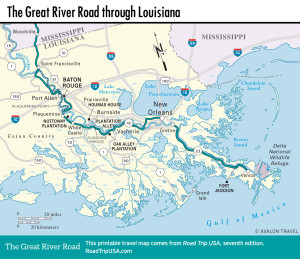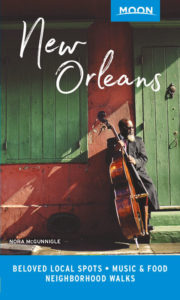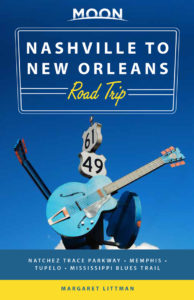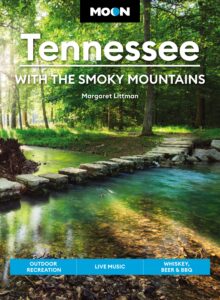St. Francisville
The past is ever-present in this part of the country. Turn west off US-61 at St. Francisville, a fascinating community, which surrounds the graveyard of a frontier-era monastery. Stop at the West Feliciana Historical Society Museum and Tourist Information Center (11757 Ferdinand St., 225/635-6330, 9am-5pm daily, free), for a sample of the architectural charms that draw visitors to this curious little town.
All around St. Francisville are grand old manor homes, most notably at Rosedown Plantation (225/635-3332, daily, $12), on Hwy-10 just east of US-61, where a 374-ac (151.3-ha) state-run historic site preserves an 1830s main house and lush formal gardens. As a state park, and one of the few non-commercial plantation sites in the Deep South, Rosedown is more museum than theme park, and therefore able to ask the awful, essential questions about imagining what life might have been like for enslaved people. About 6 mi (9.6 km) southeast of St. Francisville on Hwy-965, the Audubon State Historic Site (225/635-3739, daily, $10), also known as the Oakley House, is where in 1821 naturalist and illustrator John James Audubon came to work as a resident tutor while he compiled his comprehensive Birds of America.
Along with the rich history, St. Francisville also has a couple of compelling culinary attractions, including the Magnolia Café (225/635-6528), which serves some of the best-tasting po’boys in the state that invented them. It’s housed in the restored 1938 3V Tourist Courts (5687 Commerce St., 225-721-7003, $85), which are listed on the National Register of Historic places. There’s no better place to get a feel for this part of Louisiana.
Heading on from St. Francisville, race south down US-61 to Baton Rouge or head west across the river on the John James Audubon Bridge toward Louisiana’s legendary Cajun Country.
Map of the Great River Road through Louisiana

















